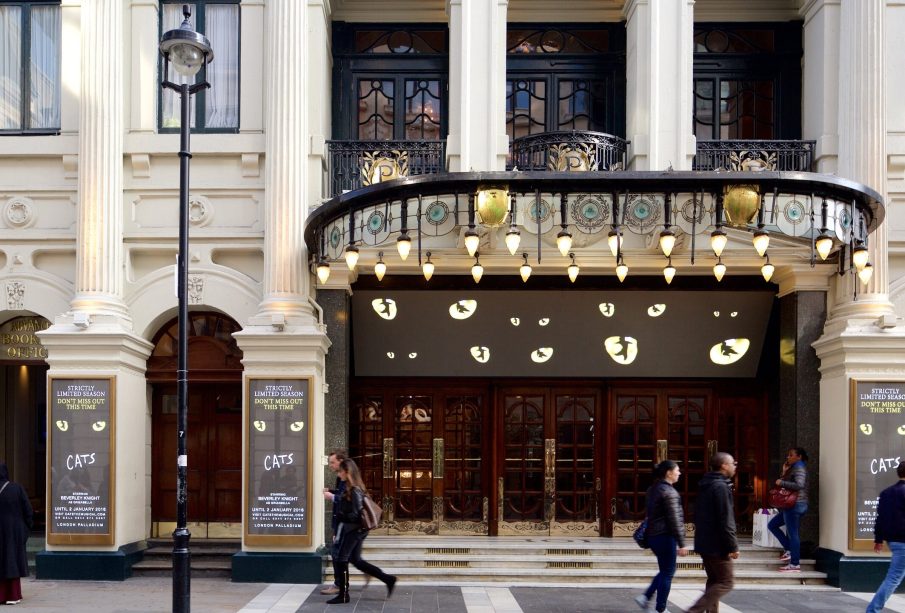The London Palladium: A Glimpse into Its Rich History

Introduction
The London Palladium, an iconic venue located in the heart of the West End, holds a storied place in the rich tapestry of British theatre. Opened in 1910, this prestigious theatre has hosted a myriad of performances, from theatrical productions to musical concerts, making it a pivotal cultural institution. Its historical significance and continued relevance in the performing arts landscape highlight the importance of preserving such venues in a rapidly changing world.
Theatre’s Historical Significance
From its inception, the London Palladium has been synonymous with luxury and glamour. Initially designed as a variety theatre, it quickly transitioned into a fulcrum for London’s entertainment scene. Early on, it attracted a roster of dazzling performers, including the likes of Judy Garland and Frank Sinatra, who were drawn to its illustrious stage. Over the decades, the Palladium has remained a vital platform for both emerging talents and established artists, contributing to its reputation as a launching pad for theatrical and musical careers.
Recent Developments
In recent years, the London Palladium has gained renewed attention, particularly with the resurgence of live theatre post-pandemic. Following lockdowns in 2020, the venue reopened its doors, welcoming back audiences with a vibrant schedule of performances. Noteworthy productions have included a revival of the classic musical “Joseph and the Amazing Technicolor Dreamcoat,” which has not only entertained but also brought joy to patrons eager to experience live entertainment once again. The Palladium’s management remains committed to diversifying its programming, aiming to attract a broader audience demographic while preserving traditional works.
Cultural Impact and Future Outlook
The London Palladium’s cultural impact extends beyond the stage. It has played a central role in shaping the UK’s entertainment landscape and continues to influence the theatrical arts. As the venue embraces modern technology and trends, such as streaming productions to reach global audiences, it also strives to maintain the enchanting atmosphere that has captivated visitors for over a century. The future of the Palladium looks bright, with plans for innovative productions and continued commitment to accessibility, ensuring that everyone can experience the magic of live theatre.
Conclusion
The London Palladium stands not only as a historic venue but as a symbol of cultural resilience and artistic expression. Its legacy is a testament to the importance of theatres in society, reflecting broader cultural narratives and evolving with the times. For theatre enthusiasts and casual visitors alike, the Palladium remains a must-visit destination, promising unforgettable experiences for generations to come.









